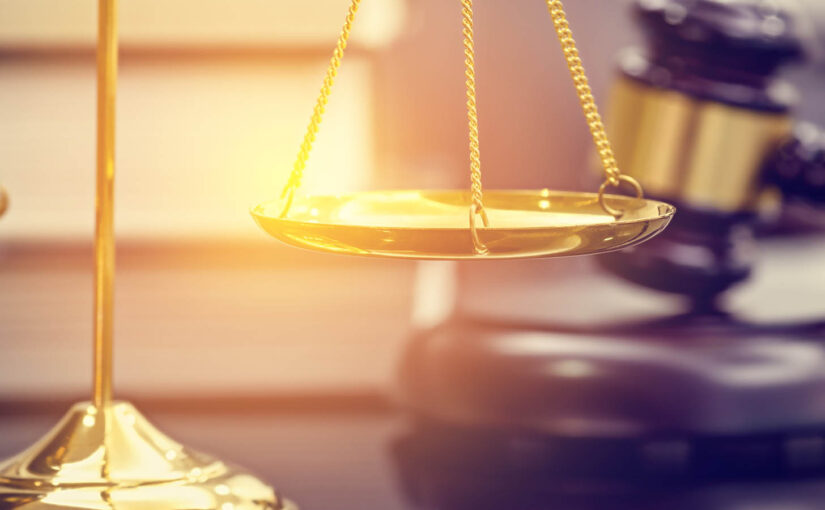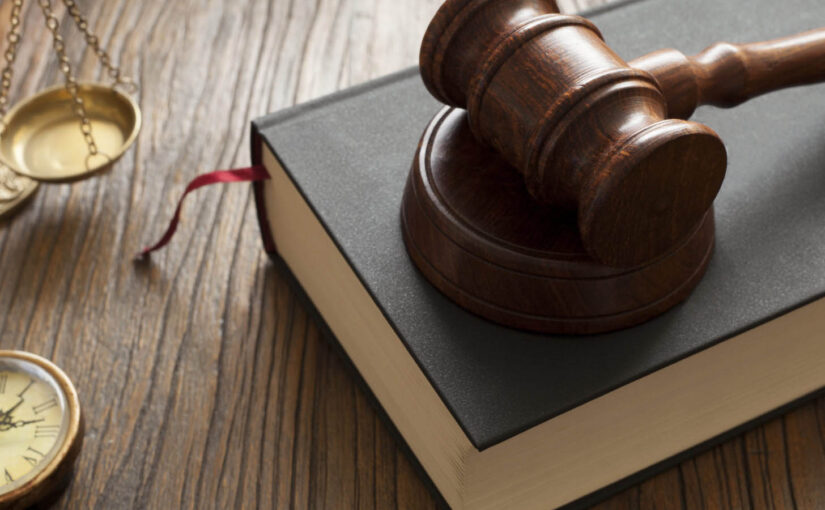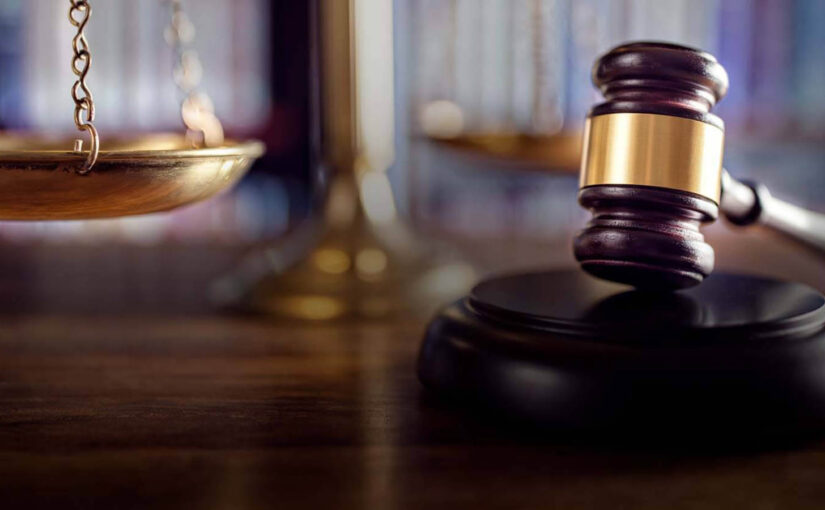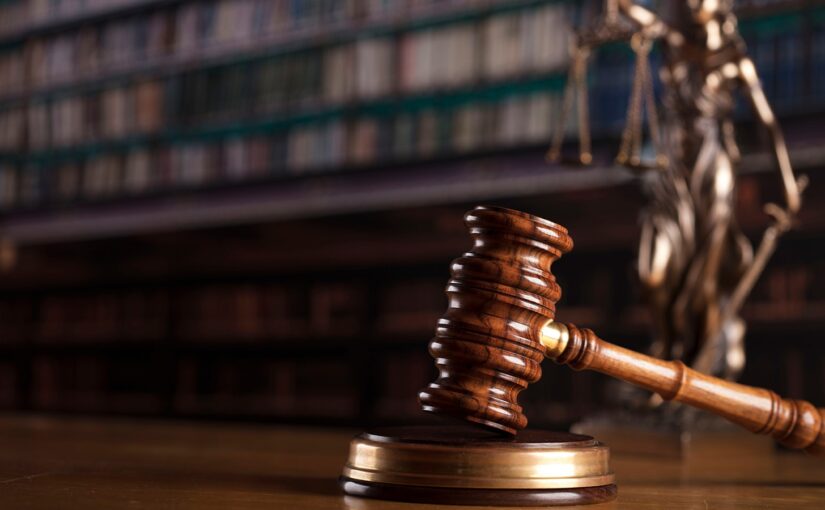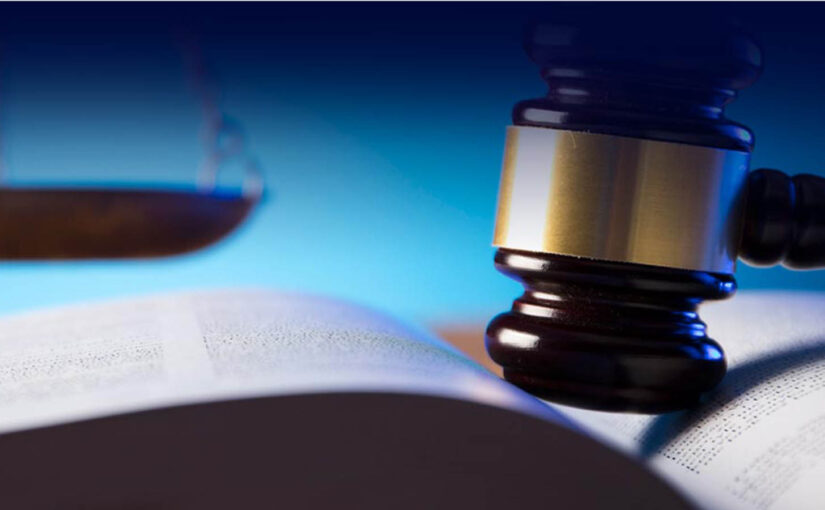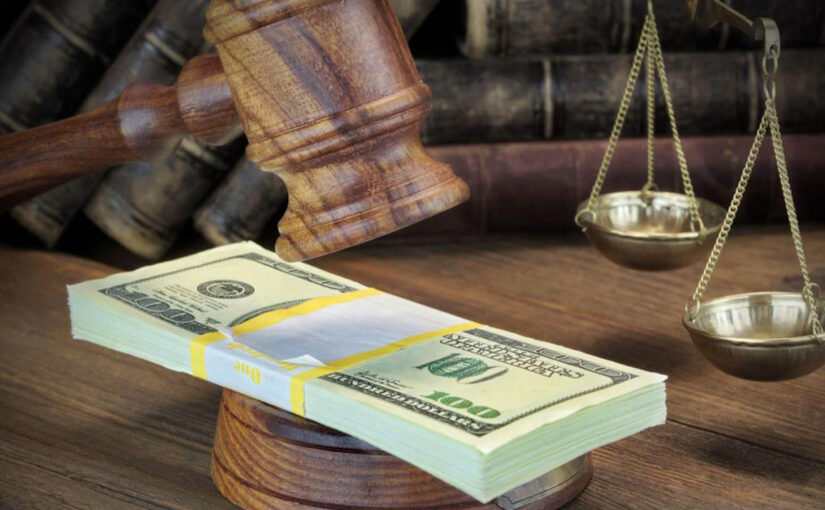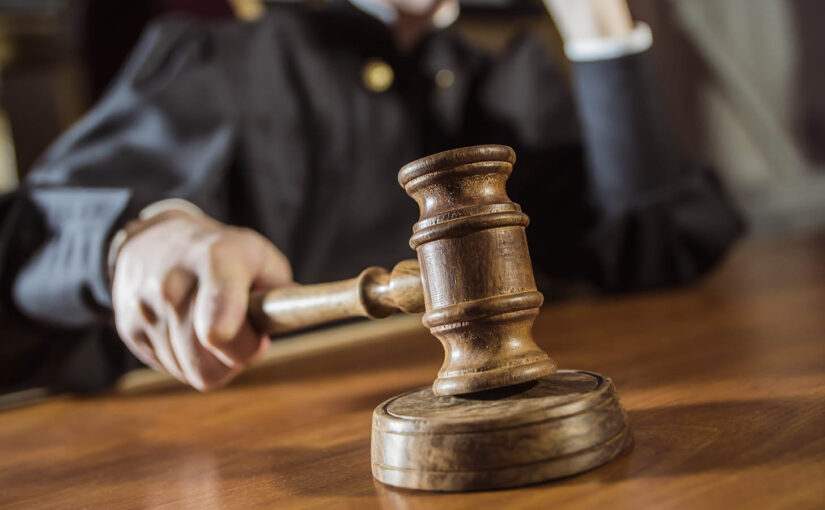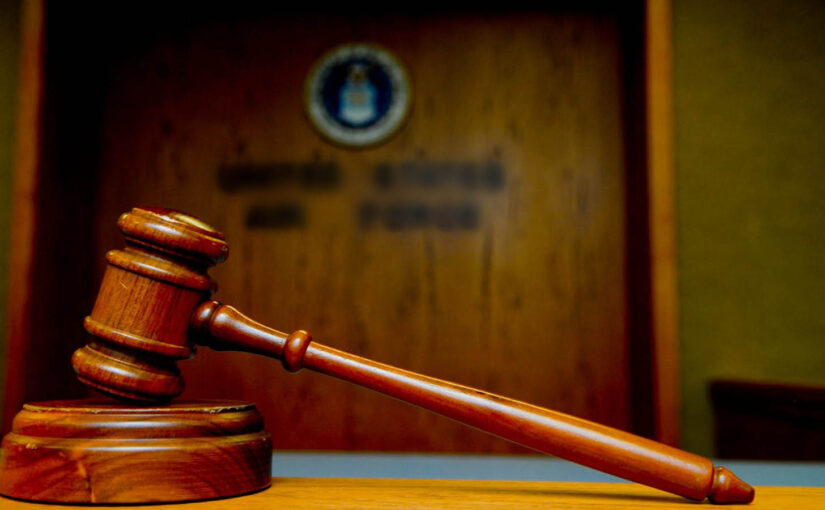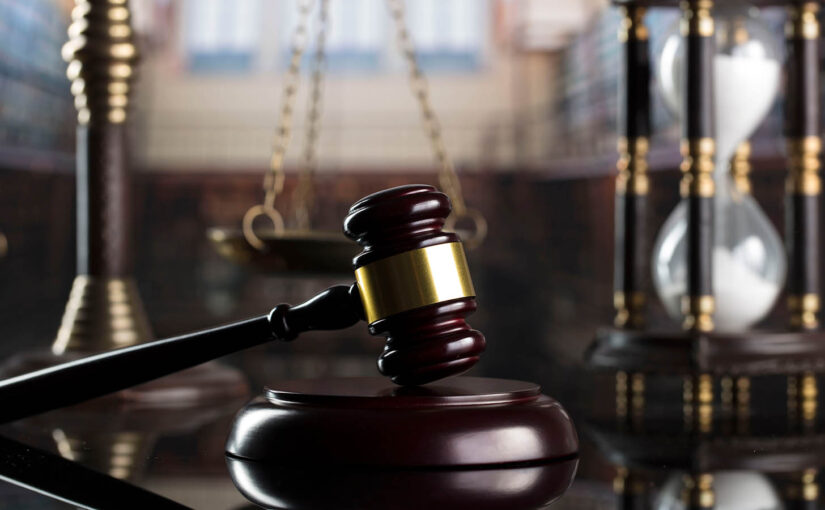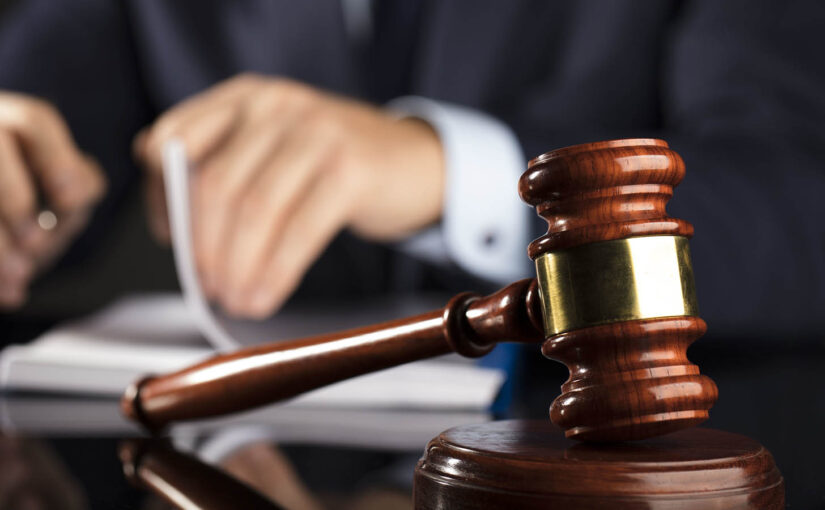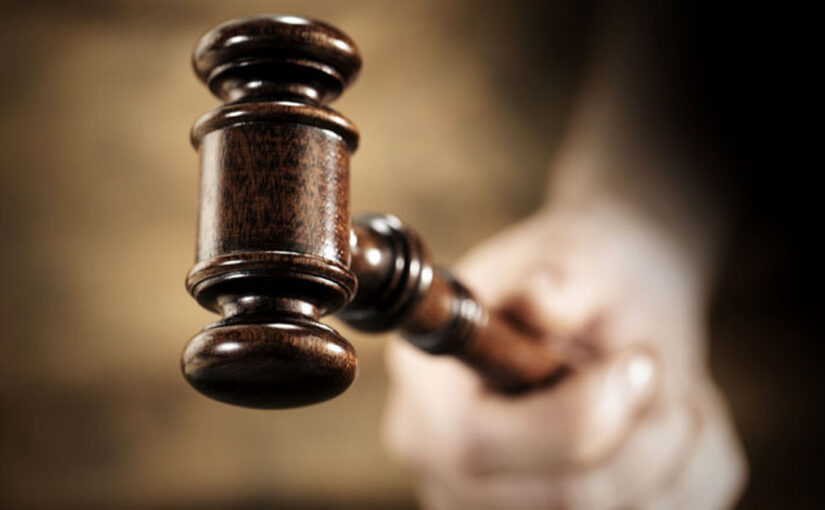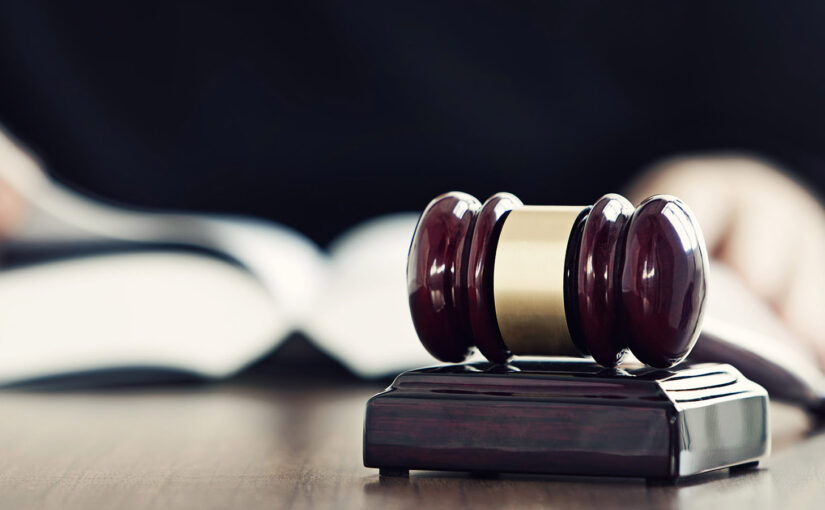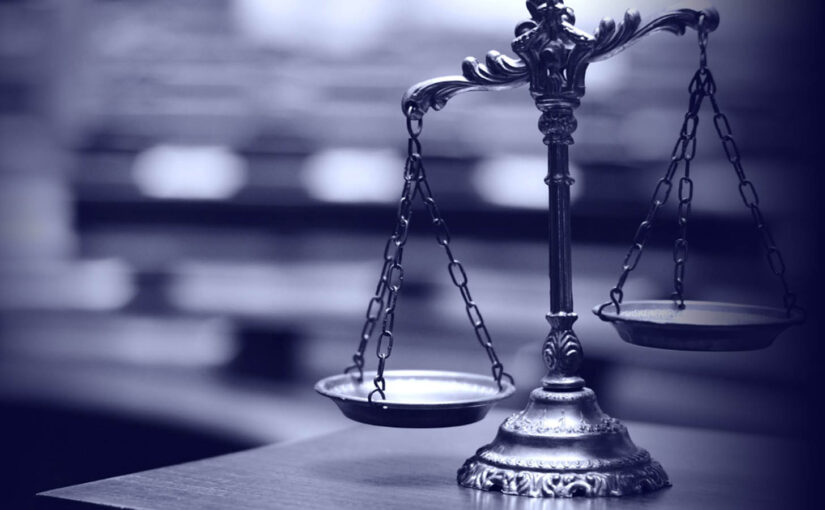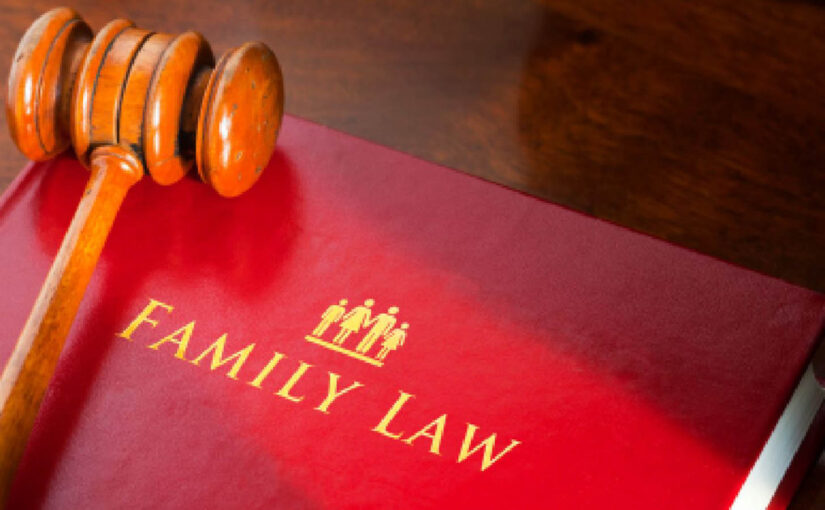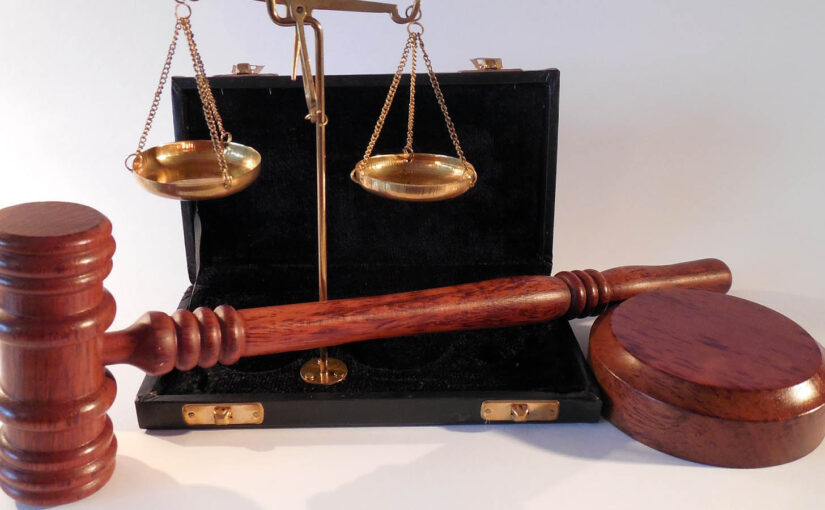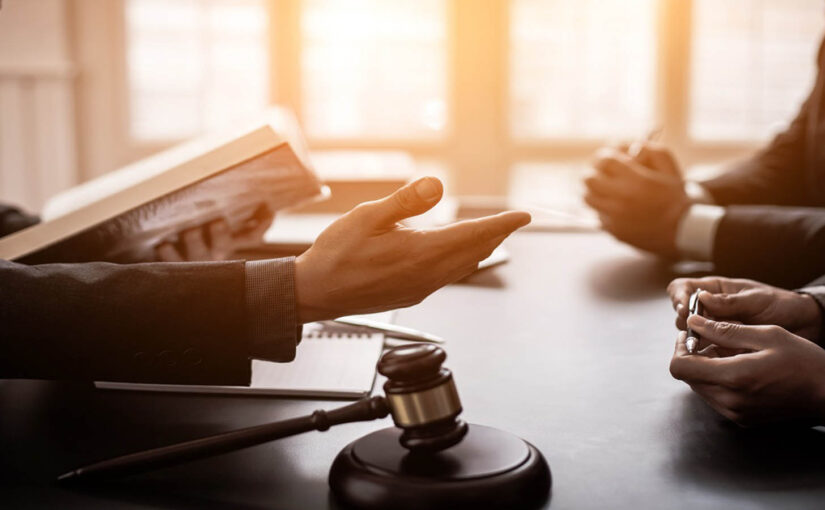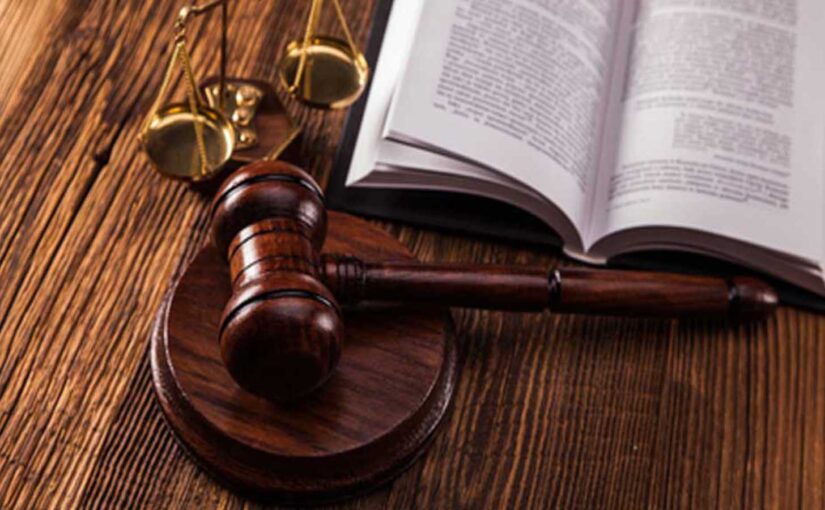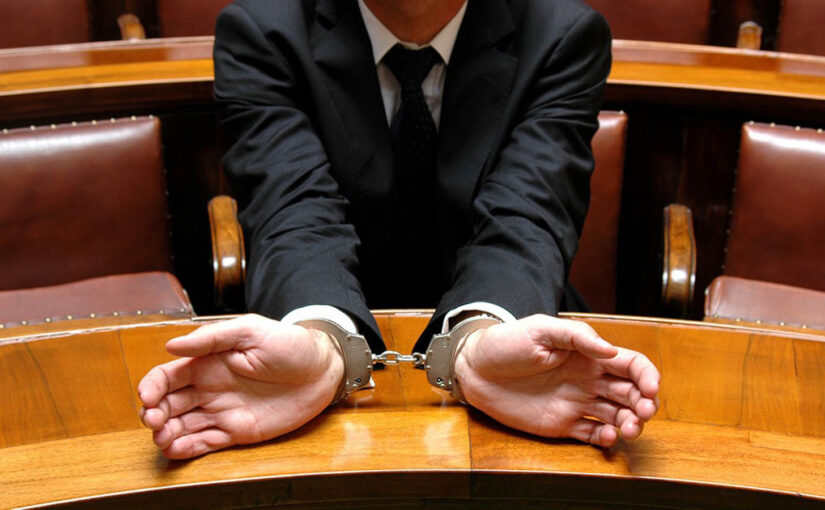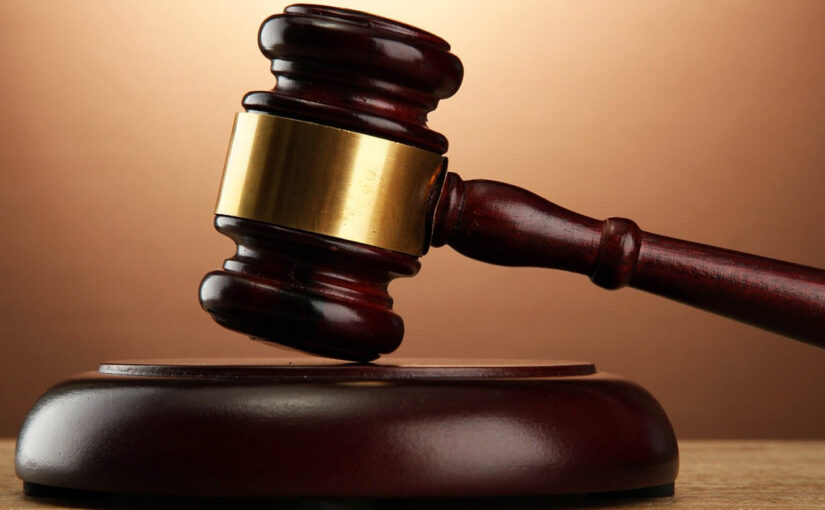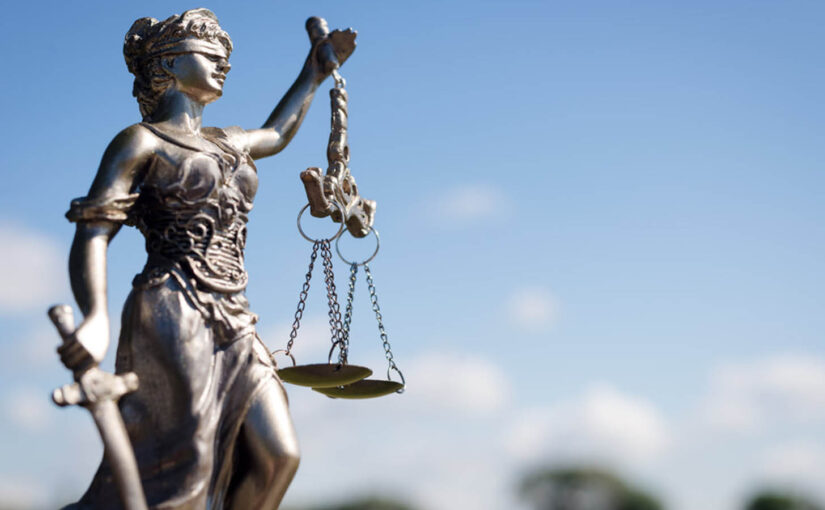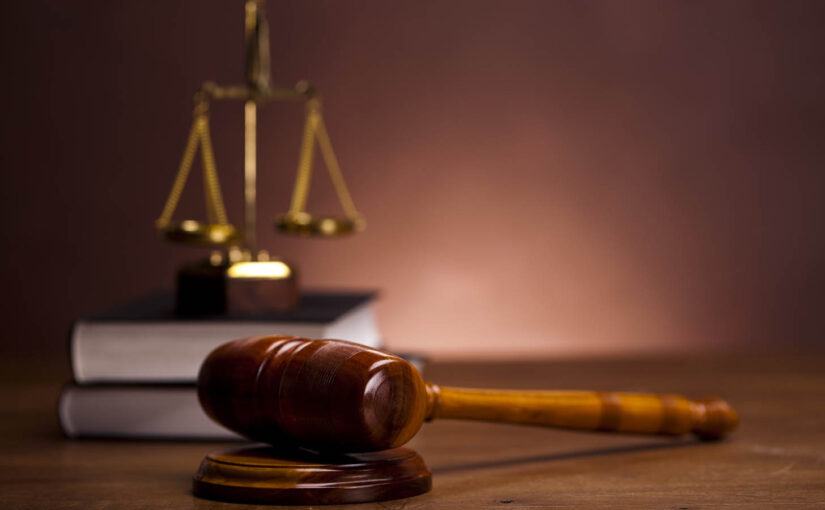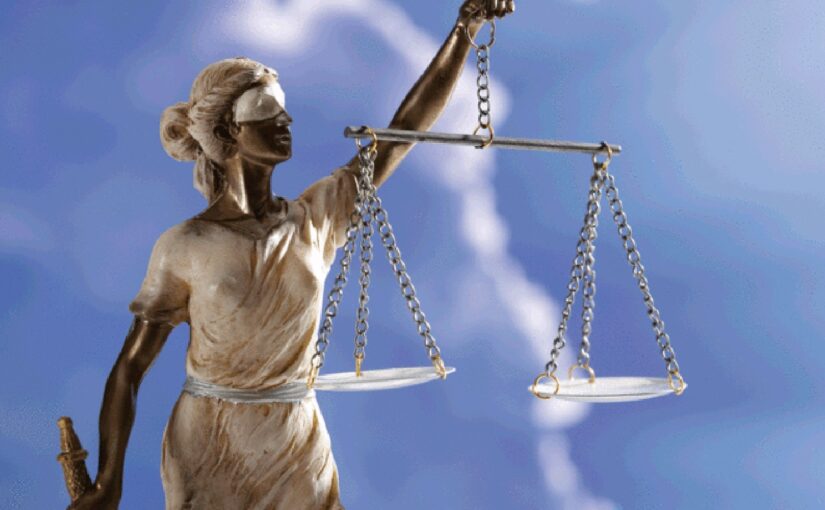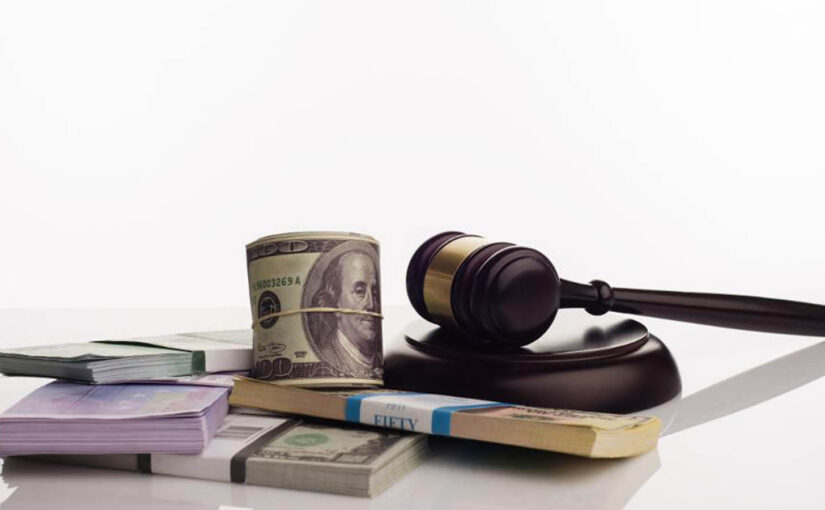Search this article on Google: Analyze the scope and limitations of judicial review in the context of quashing criminal proceedings under the CrPC.
Overview of Judicial Review in Criminal Proceedings
Judicial Review refers to the power vested in courts to assess the validity, legality, and constitutionality of acts carried out by legislative or executive branches of government, including those related to criminal proceedings. The principle of judicial review ensures that justice is administered fairly and in accordance with established laws and principles, safeguarding the rights of individuals against arbitrary or unlawful actions of the state. In the realm of criminal justice, judicial review plays a crucial role in examining the processes and decisions made by lower courts, police, prosecutors, and other administrative bodies involved in the criminal justice system.
- Courts’ Authority: The higher judiciary has the authority to review decisions made in criminal cases by lower courts to ensure that the correct laws have been applied appropriately and that legal procedures have been properly followed.
- Protection of Rights: Judicial review is instrumental in protecting the constitutional and statutory rights of individuals, including the right to a fair trial, the presumption of innocence, and protection from unlawful detention.
- Scrutiny of Evidence: It allows higher courts to scrutinize the collection, admission, and assessment of evidence, ensuring that legal standards have been maintained, and preventing miscarriages of justice.
- Review of Sentencing: Sentencing decisions can be reviewed to ensure that they are proportionate, justified, and consistent with sentencing guidelines and precedents.
- Interpretation of Law: Through judicial review, courts interpret and clarify criminal law, thereby contributing to the development of legal standards and jurisprudence.
- Checks and Balances: It serves as a check and balance on prosecutorial powers and prevents overreach by law enforcement agencies.
- Right to Appeal: Defendants have the right to appeal convictions and sentences, seeking review by a higher court which may confirm, reverse, or modify the decision of the lower court.
- Relief and Remedies: Judicial review mechanisms can provide relief and remedies in cases of legal errors, including ordering retrials or quashing convictions when warranted.
- Addressing Legal Errors: Procedural irregularities or legal errors in the conduct of criminal trials can be corrected through the process of judicial review, ensuring adherence to the due process of law.
Judicial review in criminal proceedings is guided by complex legal frameworks, which may vary by jurisdiction, and is essential for maintaining the rule of law and public confidence in the criminal justice system.
Scope of Judicial Review under the Code of Criminal Procedure
- The Code of Criminal Procedure outlines the extent to which the judiciary can exercise its review powers, encompassing the various stages of criminal proceedings, from investigation to post-conviction.
- Under this code, judicial review can be invoked to examine the legality and propriety of an arrest or detention, ensuring that such actions are in compliance with legal standards and protections.
- A higher court has the ability to review search and seizure operations conducted during investigations, closely examining their conformity to statutory mandates and the constitution.
- Judicial review extends its reach to the admissibility of confessions or statements made by the accused, where courts evaluate their voluntariness and the adherence to procedural safeguards.
- Decisions regarding the framing of charges against an accused are subject to review to ensure they are based on sufficient grounds and evidence, protecting individuals from unwarranted accusations.
- Higher courts have the authority to oversee plea bargaining proceedings, validating that both the procedure and the outcome adhere to the principles of fairness and voluntariness.
- The review process also scrutinizes the conduct of trials, including the impartiality of the trial process and the consistent application of evidentiary rules.
- Interlocutory orders, or interim decisions made during the course of a trial, can be brought under the purview of judicial review for examination of their legality and appropriateness.
- Convictions and sentences imposed by trial courts can be reassessed through judicial review, where higher courts appraise the proportionality and legality of the sentences, along with errors that may have affected the outcome.
- In cases where new evidence emerges post-conviction, judicial review may be employed to assess its impact on the conviction and to determine the appropriateness of ordering a retrial.
The powers vested in the judiciary through the Code of Criminal Procedure function to ensure the integrity of the criminal justice system, and through judicial review, courts work to rectify errors, uphold individual rights, and maintain public trust in the legal process.
Limitations and Challenges of Judicial Review in Quashing Proceedings
Despite its integral role in the criminal justice system, judicial review reveals some intrinsic challenges that impede its effectiveness, particularly when it comes to quashing criminal proceedings. These limitations often stem from a mix of legal, procedural, and practical barriers which can, at times, restrict the judiciary’s ability to facilitate justice.
- Standard of Review: Courts employ a stringent standard of review, requiring a clear demonstration of legal error or abuse of discretion, which can make quashing proceedings an uphill task.
- Discretionary Power: Judicial review is largely discretionary, meaning that even when errors are evident, courts may choose not to quash proceedings based on considerations of judicial economy or perceived harmlessness of the error.
- Preservation of Errors: In some jurisdictions, if the defense team fails to raise an objection at the appropriate time during trial, the ability to have the proceedings quashed on those grounds can be significantly limited.
- Finality of Judgments: A strong principle of finality is associated with criminal judgments, which holds that unless there is a significant miscarriage of justice, courts are generally reluctant to overturn convictions.
- Scope of Appellate Review: Appellate courts are traditionally limited to reviewing the materials presented in the trial court, which often means that quashing proceedings may be complicated by an incomplete or poorly developed trial record.
- Deference to Lower Courts: Higher courts usually exhibit deference to the fact-finding roles of lower courts, which can impact the tenacity with which they review the decisions of those courts.
- Resource Constraints: The Judiciary may be overburdened with cases, leading to delayed reviews and decisions, which has a trickle-down effect on the ability to timely quash proceedings when necessary.
- Complexity of Legal Issues: The often complex nature of legal and procedural issues may contribute to difficulties in determining whether proceedings should indeed be quashed, extending the time and effort required for review.
- Inaccessible Remedies: Sometimes, the remedies that judicial review offers may not be readily accessible to all individuals, particularly those without adequate legal representation or the necessary resources.
- Public Perception and Confidence: The courts must balance the individual’s right to a fair trial with the public’s interest in the finality and efficiency of justice, which may result in a conservative approach to quashing convictions.
The rigorous nature of judicial review, while essential for justice and fairness, is sometimes encumbered by these and other challenges, making it a complex aspect of the legal system that requires careful navigation and continual development to ensure that justice is both done and seen to be done.
